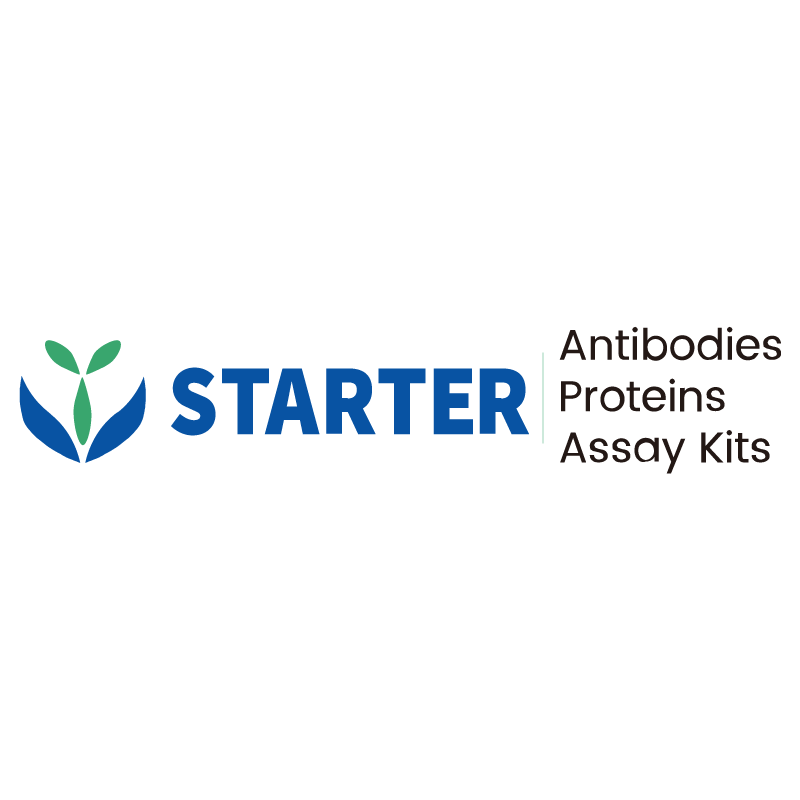Flow cytometric analysis of human PBMC (human peripheral blood mononuclear cells) labelling Human CD205 antibody at 1/100 dilution (2 μg) / (Right panel) compared with a Mouse IgG1, κ Isotype Control / (Left panel). Goat Anti-Mouse IgG Alexa Fluor® 488 was used as the secondary antibody. Then cells were stained with CD11c - Brilliant Violet 711™ Antibody separately.
Product Details
Product Details
Product Specification
| Host | Mouse |
| Antigen | CD205 |
| Synonyms | Lymphocyte antigen 75; Ly-75; C-type lectin domain family 13 member B; DEC-205; gp200-MR6; CLEC13B; LY75 |
| Location | Membrane |
| Accession | O60449 |
| Clone Number | S-3023 |
| Antibody Type | Mouse mAb |
| Isotype | IgG1,k |
| Application | FCM |
| Reactivity | Hu |
| Positive Sample | Hman PBMC |
| Purification | Protein G |
| Concentration | 2 mg/ml |
| Conjugation | Unconjugated |
| Physical Appearance | Liquid |
| Storage Buffer | PBS pH7.4 |
| Stability & Storage | 12 months from date of receipt / reconstitution, 2 to 8 °C as supplied |
Dilution
| application | dilution | species |
| FCM | 1:100 | Hu |
Background
CD205, also known as DEC205 or LY75, is a ~205 kDa type I transmembrane glycoprotein belonging to the macrophage mannose receptor family of C-type lectins; it contains an N-terminal cysteine-rich domain, a fibronectin type II repeat, ten tandem C-type lectin-like carbohydrate-recognition domains, a single transmembrane segment and a short cytoplasmic tail harboring the tyrosine-based “FERN” and “DIEEV” endosomal sorting motifs that drive constitutive clathrin-mediated internalization and recycling to late endosomes/MHC class II compartments. Predominantly expressed on CD8α⁺ dendritic cells, thymic epithelial cells and certain B subsets, CD205 functions as a pattern-recognition receptor that binds apoptotic/necrotic cells, selected glycoproteins and CpG-rich nucleic acids, enabling efficient capture, processing and cross-presentation of antigens for initiation of CD8⁺ T-cell immunity; this property has made it a premier target for receptor-directed vaccination strategies in which antigens are fused to anti-CD205 antibodies to elicit potent, antigen-specific tolerance or protective responses. In addition, CD205 participates in peripheral T-cell deletion, central tolerance through negative selection in the thymus, and has been implicated in autoimmune diseases, tumor immunosurveillance and metastasis, with its expression levels correlating with prognosis in several cancers, thereby serving as both a biomarker and a therapeutic gateway in immunotherapy.
Picture
Picture
FC


